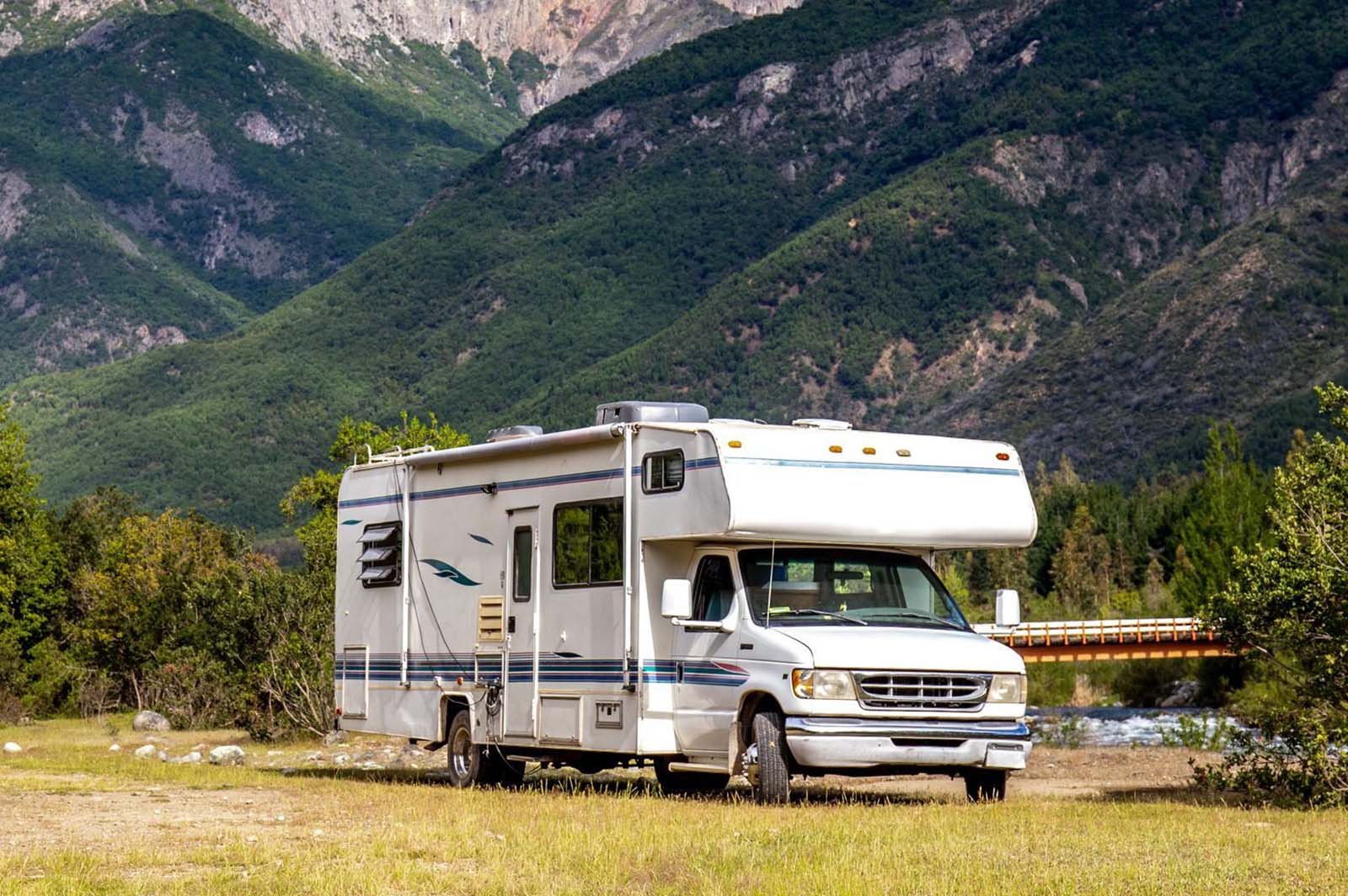How to Check Water Level in RV Battery

Introduction: Maintaining the water level in your RV battery is crucial for its performance and longevity. Adequate water levels ensure that the battery functions optimally, efficiently powering your recreational vehicle. In this article, we will guide you on how to check the water level in your RV battery.
H2: The Importance of Checking Water Level in an RV Battery Regularly monitoring the water level in your RV battery is essential for avoiding potential breakdowns during your camping trips. Low water levels can lead to a reduced battery lifespan and could even cause irreversible damage. By checking the water level, you can prevent these issues and ensure your RV battery continues to perform optimally.
H2: Safety Precautions Before Checking the Water Level Prior to examining the water level in your RV battery, it is crucial to take necessary safety precautions. First, always wear protective gloves and safety goggles to safeguard your hands and eyes from any potential chemical spills. Additionally, make sure to turn off all power sources connected to the battery before accessing it.

H2: Steps to Check the Water Level in an RV Battery 1. Park your RV on a flat surface and set the emergency brake. 2. Locate the battery compartment, usually found outside or under the RV hood. 3. Carefully remove the battery cover, using a screwdriver or any appropriate tool. 4. Inspect the individual battery cells and identify the water level indicators (usually marked with minimum and maximum lines). 5. Using a flashlight, carefully observe each cell and verify the water level against the indicators.
H3: Additional Points to Consider 1. Use distilled water: If the water levels are low, top up each cell with distilled water to the maximum line. Avoid using tap water as it contains minerals that may harm the battery. 2. Don’t overfill: While it is important to maintain the water level, be careful not to overfill the cells. Overfilling can lead to acid leakage and reduced battery efficiency. 3. Reattach the battery cover: After checking the water level, securely fasten the battery cover back onto the compartment to prevent dust, dirt, or moisture from entering the battery. 4. Check regularly: Make it a habit to check the water level in your RV battery at least once a month, or as recommended by the battery manufacturer. 5. Consult a professional: If you notice any significant changes in the water levels or experience battery issues, it is advisable to consult a professional RV technician for further assistance.
Conclusion: Monitoring and maintaining the water level in an RV battery is essential for its proper functioning and longevity. By following the simple steps outlined in this article, you can ensure your RV battery remains in optimal condition, allowing for worry-free travels and enjoyable camping experiences. Regular checks and appropriate maintenance will extend the life of your battery and keep you on the road for many memorable trips.


